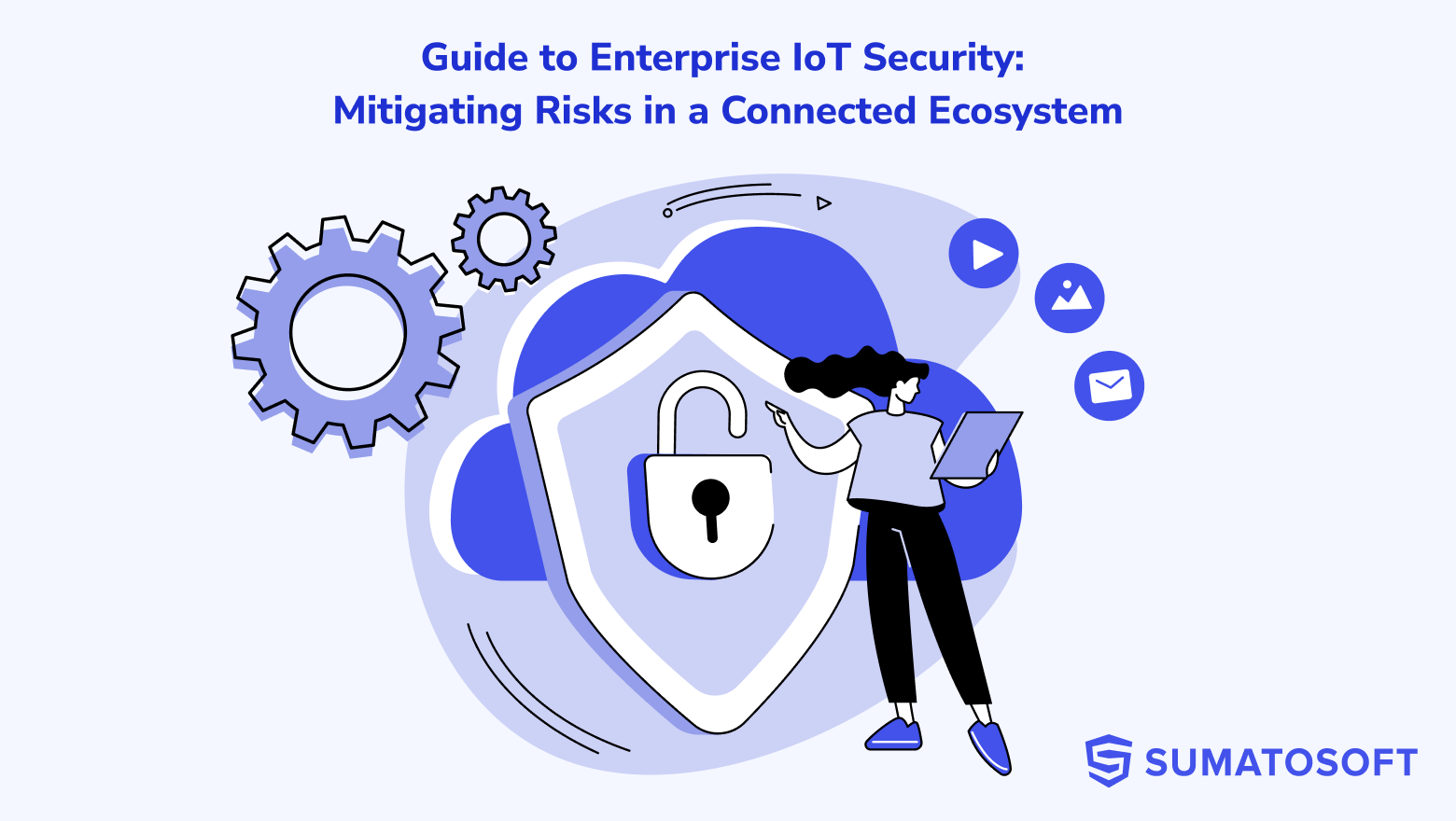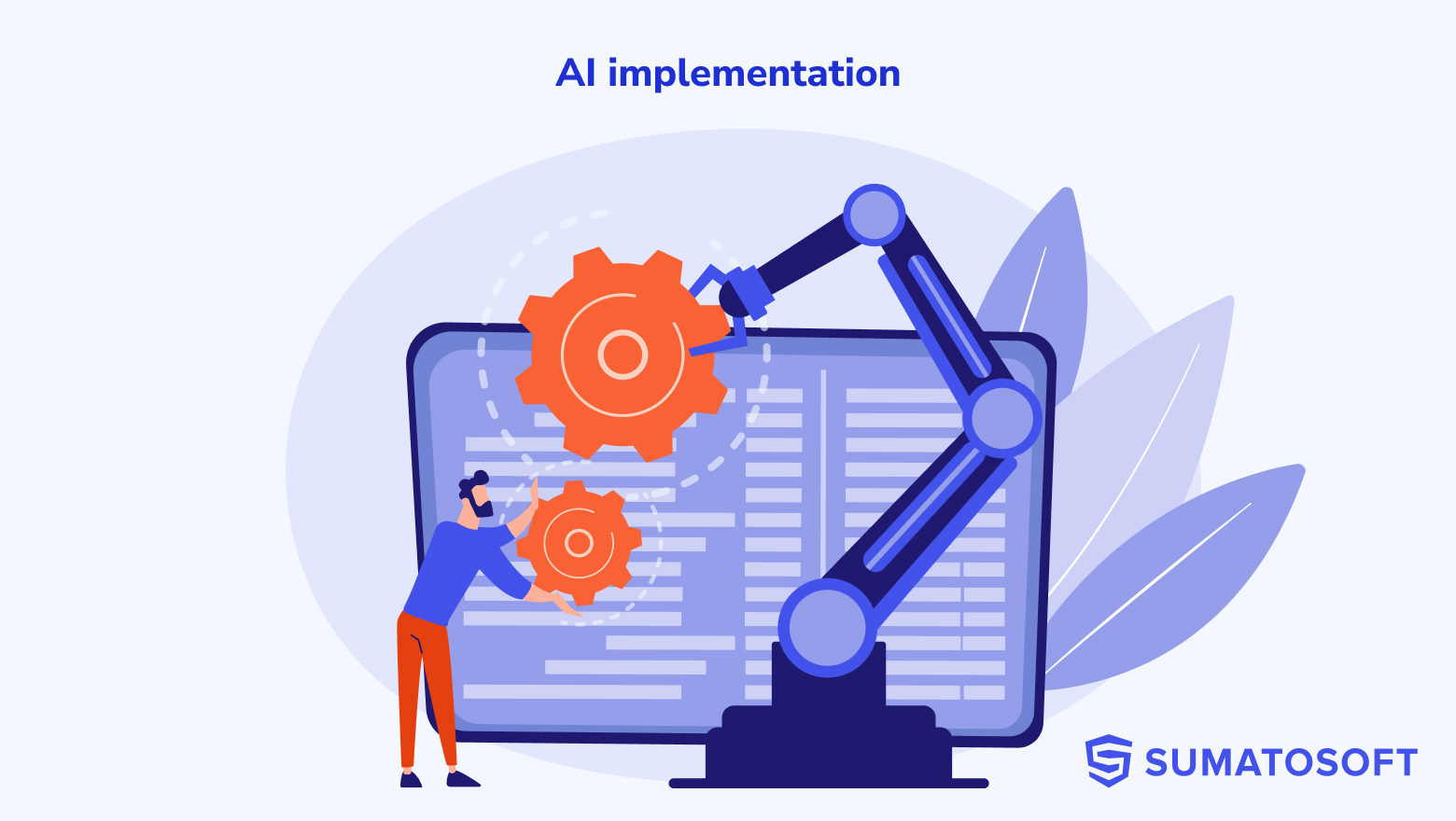Truth Behind: 24-Hour Project Estimation in Software Development
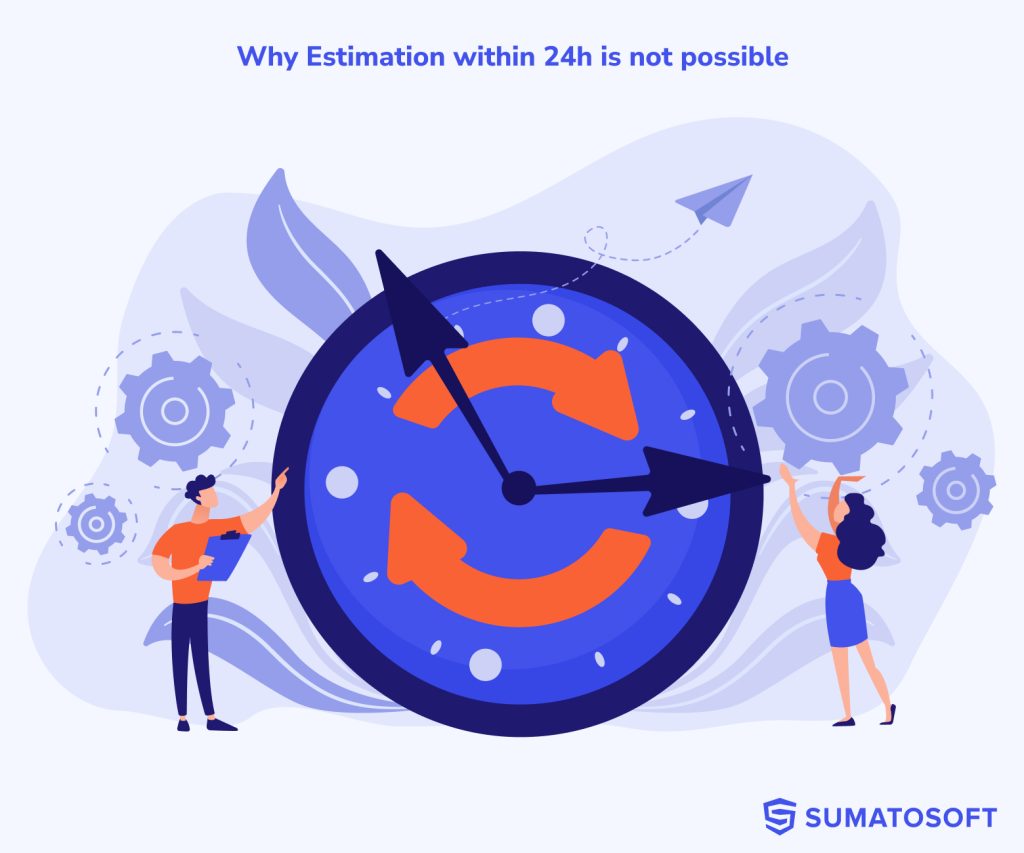
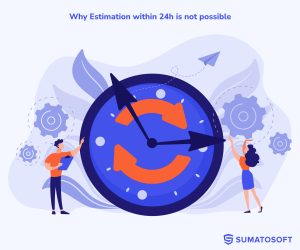
“Fast software development estimation within 24 hours”
“Free timeline and budget estimation of the project within a day”
These are the common promises software development companies make to their Clients.
24-hour estimation is often opposed to another type of estimation that we call “detailed estimation” for comfort. This one can take several days or weeks.
In this article, I’ll explain both of them. I’ll show what hides behind the promises of quick estimation and why detailed estimation takes more time to be completed.
There are two fighting sides: a 24-hour estimation and a detailed estimation that takes about a week. Let’s compare them!
Side One: The Meaning of 24-Hour Project Estimation
The concept of a “24-Hour Project Estimation” in the context of software development refers to a service promise by which a company commits to providing a preliminary assessment of a project’s scope, timeline, and potential cost within a 24-hour timeframe.
The 24-hour estimation provides two core benefits to the Client compared to a detailed, time-consuming estimation:
- it significantly reduces the waiting period for Clients, allowing them to collect basic cost and scope assessments from multiple vendors quickly;
- Clients can easily compare offerings from different companies, helping them understand the market range for their project.
It sounds fantastic on paper, doesn’t it?
However, the reality is that the 24-hour estimation is more a myth than a fact.
Why?
Because what’s touted as a day-long deliberation could actually be wrapped up within half an hour. That’s right—an experienced sales manager can gauge the price range of your project almost immediately after the initial chat or a quick glance at the requirements document, should one exist.
So, what’s happening during the rest of those 23 hours?
Well, it’s less about mystical calculations and more about dressing up a personalized offer (which is really just jazzing up a standard sales template with your details), entering your information into the company’s CRM, and strategizing on the additional services they can pitch your way. It’s part art, part science, and all about getting ready for the grand presentation.
Let’s take a quick tour of what you’re signing up for with a 24-hour estimation and what’s staying behind the curtain:
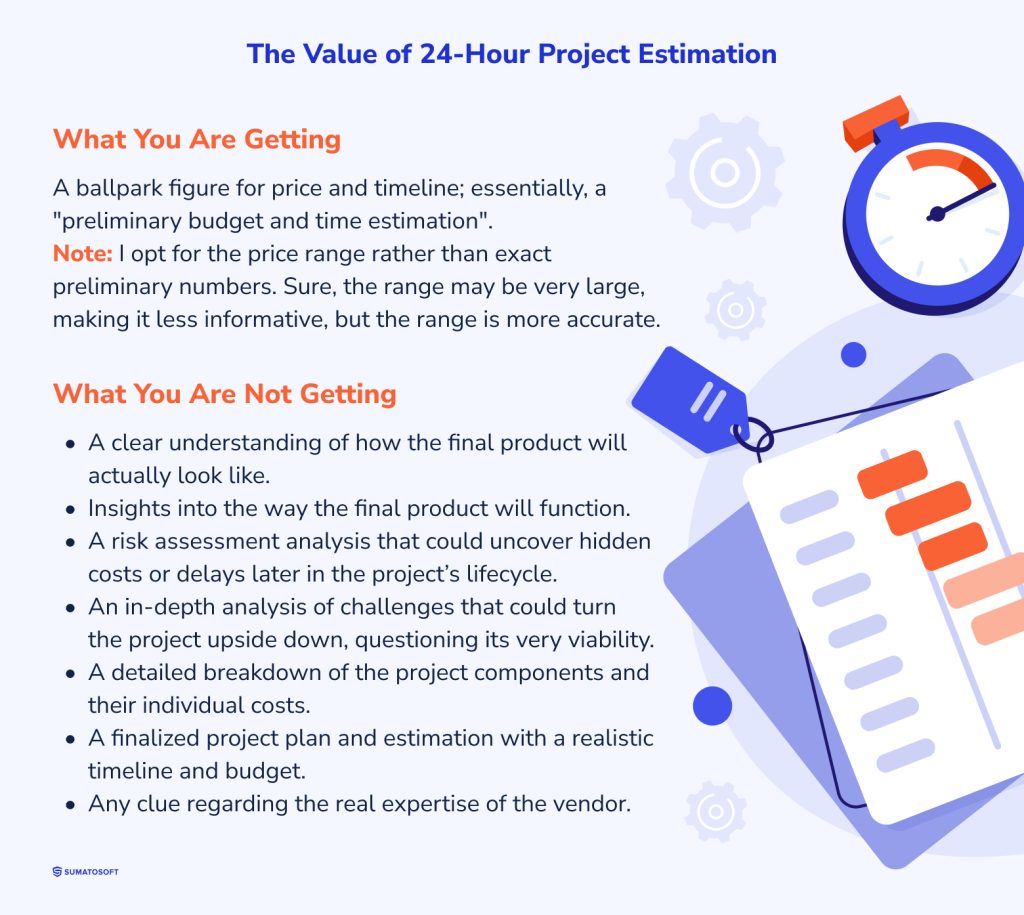
What You Are Getting
- A ballpark figure for price and timeline; essentially, a “preliminary budget and time estimation.” This means there’s a snowball’s chance in a sauna that the estimate will be anywhere close to being accurate and reliable.
Note: I opt for the price range rather than exact preliminary numbers. Sure, the range may be very large, making it less informative, but the range is more accurate.
What You Are Not Getting
- An understanding of how the final product will actually look like.
- Insights into the way the final product will function – it’s called a technical vision and architecture of the solution.
- A risk analysis that could uncover hidden costs or delays later in the project’s lifecycle.
- An analysis of challenges that could turn the project upside down, questioning its very viability.
- A detailed breakdown of the project components and their individual costs.
- A project plan and estimation with a realistic timeline and budget.
- Any clue regarding the real expertise of the vendor since you don’t communicate with the development team that will work with you in the future.
As you see, the limitations of a 24-hour estimation are significant. Such an estimation is not so much a roadmap as a sketch on a napkin – giving you a rough idea of the resources you’ll need but leaving the details very vague.
When 24-Hour Estimation Does Work
There is only one scenario in which a 24-hour estimation works great. This scenario is when you are puzzled with a question:
“Do I have the resources to bring this project to life?”
It means that:
You are not interested in the technical aspect of the solution.
You are not looking for a reliable vendor.
You simply seek a quick, initial assessment to determine the project’s feasibility from a financial and temporal perspective.
And remind you once again, such an assessment doesn’t require 24 hours. It could be made after one call with an experienced sales manager.
The Other Side: Detailed Time-Consuming Estimation
In exploring the realm of detailed, time-consuming estimations, this process extends over several days or even weeks, requiring the concerted efforts of a multidisciplinary team of specialists.
The outcome of such an estimation process introduces an additional element beyond just the cost: a solution vision. This detailed approach is not only about estimating expenses; it’s about crafting a foundation for your future software solution.
Businesses opting for a detailed estimation seek more than just a rough estimate. They aim for a comprehensive solution that is thoughtfully designed to meet their specific needs and offers a balance between quality and budget.
Steps Involved in Detailed Estimation
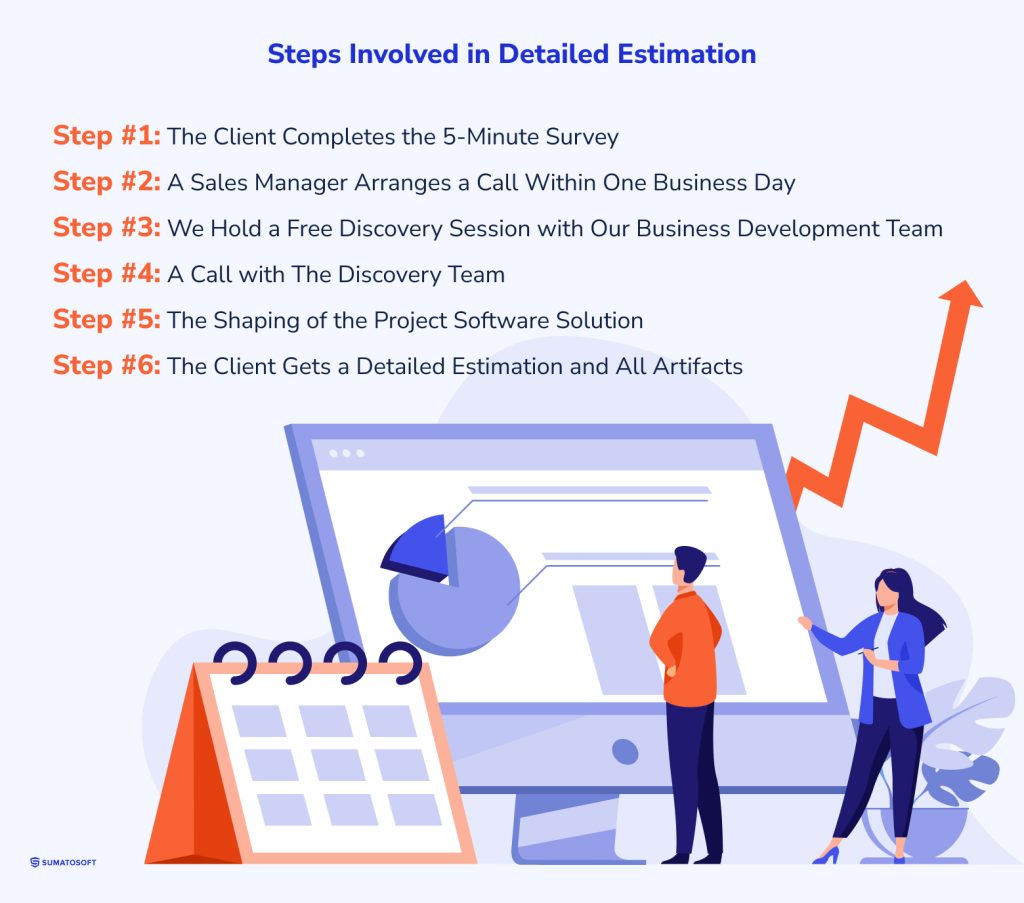
Let me describe how we at SumatoSoft estimate the project development cost and timeline.
If a business has a specific project with relatively clear requirements or plans to rewrite an old system, we can offer a well-established process where we collect requirements, go on calls, prepare the scope of work, design concepts, and develop other useful artifacts.
Step #1: The Client Reached Out to Us
First of all, the Client needs to establish contact with a software development provider.
In our case, we offer multiple options: the “get in touch” form on our website, through an email message to our corporate email info@sumatosoft.com, by booking a meeting with our sales manager, through the contact us page, or by filling out a concise, 5-minute survey on our website designed to capture essential project details and requirements.
Step #2: A Sales Manager Arranges a Call Within One Business Day
A sales manager from SumatoSoft promptly reaches out to the Client to schedule a call. The primary call’s objective is to check the relevance of our expertise to the Client’s goals. The sales manager discusses the project and its requirements, time and budget expectations, and the desired expertise of the development team.
We call it a “Discovery Call” because we discover the initial information about the project. A discovery call helps to verify that there’s a match in terms of several parameters:
- Do we have the right expertise?
- Do we have the right processes?
- Can we deliver on budget?
- Can we deliver within the expected timelines?
- Is there a cultural match?
- Do we have relevant experience?
Step #3: We Analyse the Initial Info and Gather an Estimation Team
We gather a team of senior professionals with relevant expertise which usually includes a project manager, tech specialists, a business analyst, and a designer. The exact team structure depends on the product, its goals and requirements.
The team examines the initial information from the sales manager and the survey and prepares questions for the next call.
Step #4: A Call Between the Client and The Estimation Team
We arrange a call between the whole estimation team and the Client. We call it “Question and Answer call” or “Q&A” for short. The call serves two purposes:
- refine and expand upon the information gathered during the Discovery call. We clarify any uncertainties, elucidate requirements, and ensure that we clearly understand the business goals;
- it’s a chance for the Client to get to know our specialists in action. These specialists will be guiding the project forward.
This step usually requires only one call. Nevertheless, complex technical projects will likely require a second call after a while.
Step #5: The Shaping of the Project Software Solution
This step takes up most of the estimation process’s overall time. In this phase, we define artifacts that will bring the greatest value for further product development and allow us to shape the product vision. These artifacts could be:
- a comprehensive shared vision of the project – the description of high-level business requirements, goals, challenges, product vision, and more;
- work breakdown structure (WBS) – it’s an organized project scope split into manageable tasks and subtasks;
- design concept – visual user interfaces of several key screens of the application;
- suggested solution architecture – is the blueprint of a software system, outlining its structure and the interaction between its components;
- description of API integrations – specifies how the project will interact with external systems and services;
- list of assumptions, constraints, and risks – identifying potential risks and assumptions early in the project is helpful for risk management. This document allows for the development of mitigation strategies, ensuring that the project team is prepared for uncertainties and can adapt to challenges efficiently;
- budget and timeline estimation.
Work breakdown structure is one of the most general artifacts of every presale process. Our technical specialists estimate the necessary effort for the development of features from WBS.
All other artifacts contribute to the accuracy of the final estimation, while the list of assumptions and risks allows us to foresee potential obstacles that can affect the development process and either devise a strategy to handle them or highlight them to the Client.
Step #6: The Client Gets a Detailed Estimation and All Artifacts
Finally, the Estimation team prepares for a presentation of all the work done. During a call, we demonstrate all artifacts, explain the vision and technical solution, show the design concept, answer questions, and gather feedback from the Client. We also adjust and alter our artifacts after the call if the Client suggests corrections.
We send all artifacts to the Client after the presentation through an email at no cost.
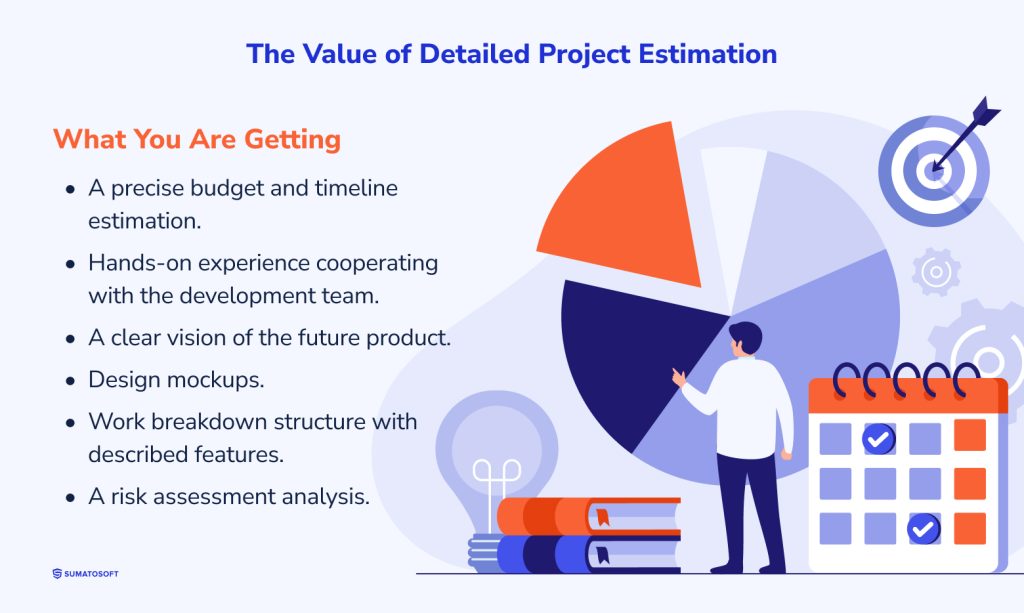
What You Are Getting
- A realistic budget and timeline estimation.
- Hands-on experience cooperating with the development team.
- An elaborated vision of the future product.
- Design concept.
- Work breakdown structure with described features.
- A list of assumptions and risks.
What You Are Not Getting
- Nothing to add here.
Below you can find 3 examples of artifacts we prepare:
- design concept;
- word breakdown structure;
- high-level architecture.

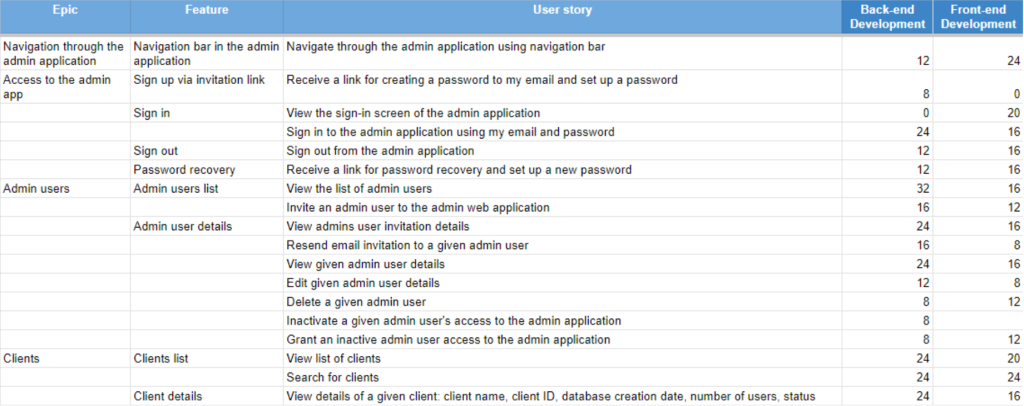
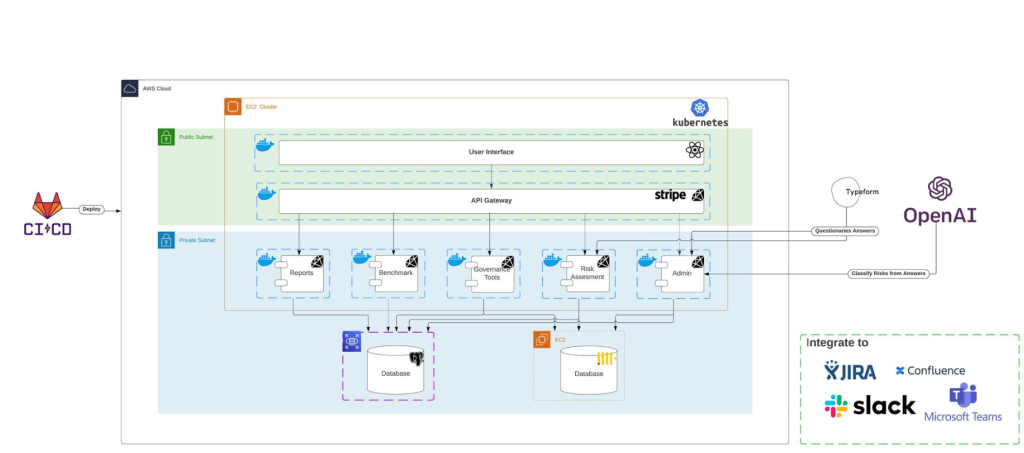
Why Do We Prepare Artifacts at No Cost?
Our team dedicates time and expertise to your project before any formal engagement begins, before contracts are signed, or any payment is made. This initial investment from our side is driven by a simple yet profound belief:
We are confident in our capabilities and expertise. By taking this first step proactively, we aim to showcase our commitment and deep-seated expertise.
This approach is our way of demonstrating the value we bring to the table, highlighting our dedication to not just meeting but exceeding your expectations from the very outset.
Final Words from SumatoSoft
Here, I shared accumulated knowledge and expertise after 12 years on the market, 250 developed custom software solutions, and many presale interactions.
I described the process of detailed estimation in SumatoSoft. If you’re ready to bring your project to life with a detailed and thorough estimation, we’re here to help. Our approach is designed to give you clarity, confidence, and a solid foundation for your project.
Reach out to us to begin a detailed estimation of your project for free.
Let’s start
If you have any questions, email us info@sumatosoft.com

